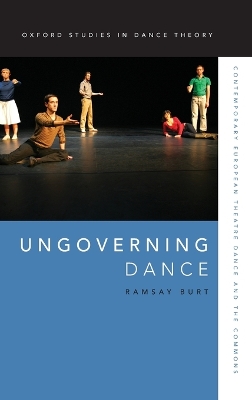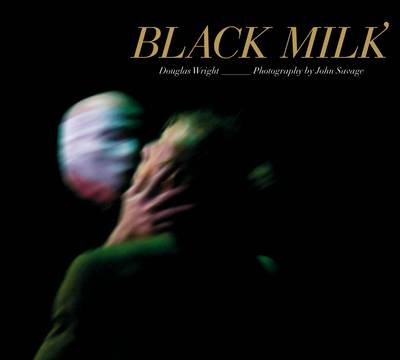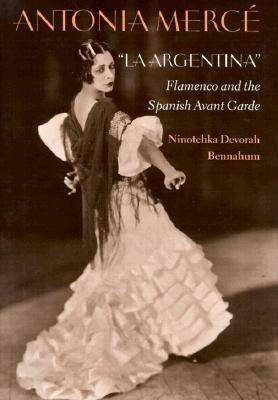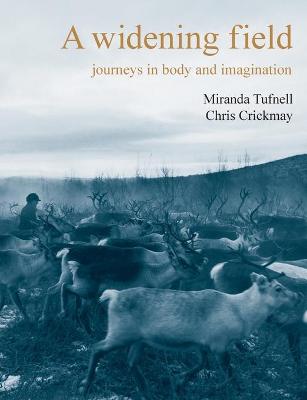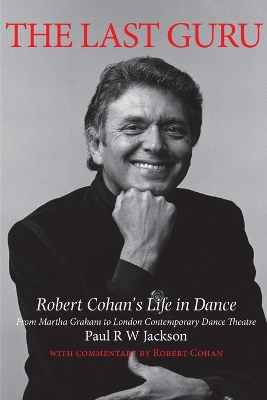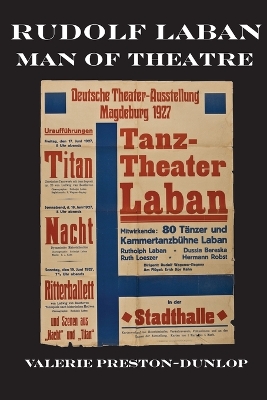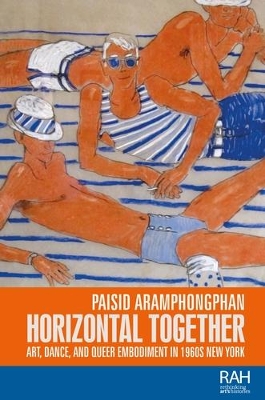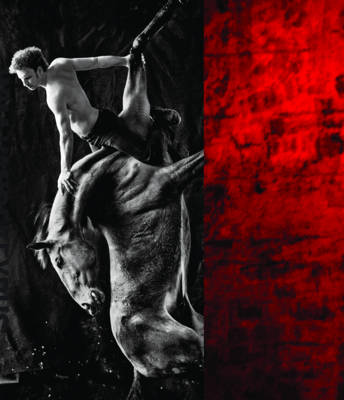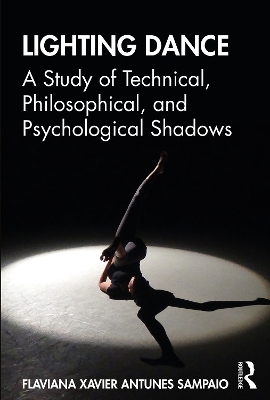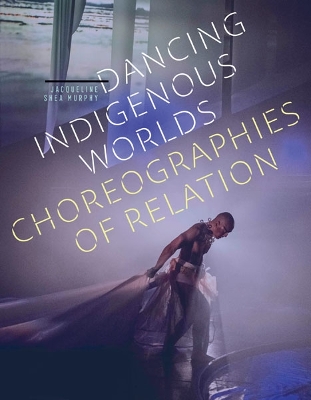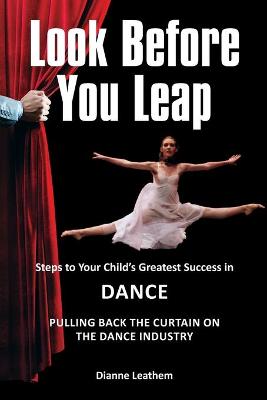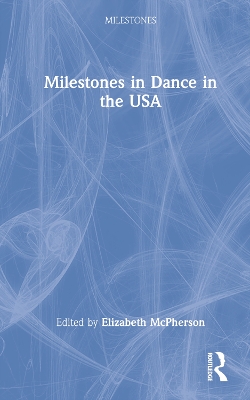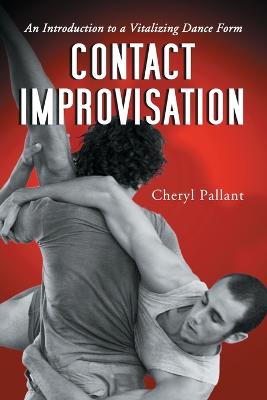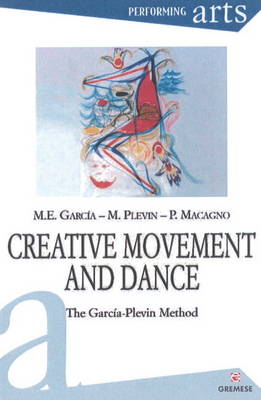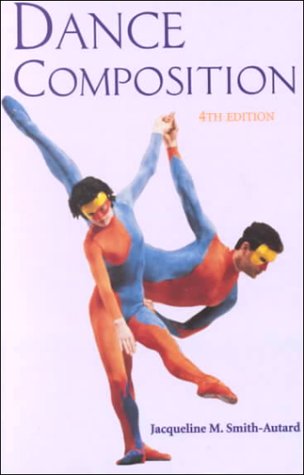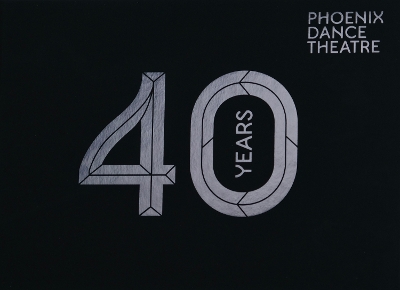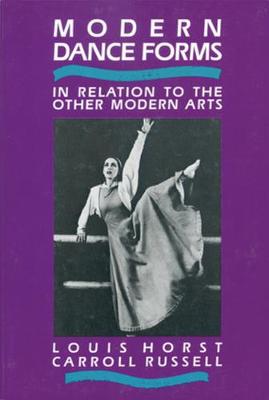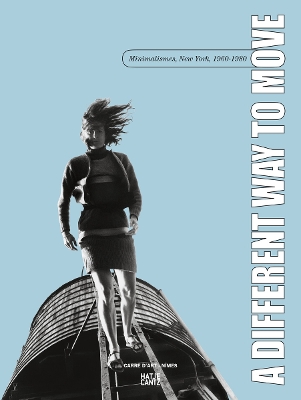Ungoverning Dance examines the work of progressive contemporary dance artists in continental Europe from the mid 1990s to 2015. Placing this within its historical and political context - that of neoliberalism and austerity - it argues that these artists have developed an ethico-aesthetic approach that uses dance practices as sites of resistance against dominant ideologies, and that their works attest to the persistence of alternative ways of thinking and living. In response to the way that the r...
During his career Douglas Wright established himself as New Zealand's leading contemporary dancer and choreographer. He started out with the Limbs Dance Company in 1980, then worked in New York with the Paul Taylor Company and DV8 Physical Theatre in London before forming the Douglas Wright Dance Company in Auckland in 1989. During this time he created over 30 major dance works, which culminated in his 2006 masterpiece 'Black Milk', his last major work. The dance critic Jennifer Shennan wrote, '...
Antonia Merce, stage-named La Argentina, was the most celebrated Spanish dancer of the early 20th century. Her intensive musical and theatrical collaborations with members of the Spanish vanguard -- Manuel de Falla, Frederico Garcia Lorca, Enrique Granados, Nestor de la Torre, Joaquin Nin, and with renowned Andalusian Gypsy dancers -- reflect her importance as an artistic symbol for contemporary Spain and its cultural history. When she died in 1936, newspapers around the world mourned the passin...
This is a handbook for working in the creative arts, with an emphasis upon imagination and receptivity: to our bodies, to our surroundings, our materials, and to what we create. It will be of value to anyone interested to explore their lives through an active engagement in the arts. It puts particular emphasis upon the sensing, feeling, moving body as a basis for any imaginative activity. The book describes sources and strategies for working within and between various forms of expression, includ...
Robert Cohan is part of the pantheon of American contemporary choreographers which includes Alvin Ailey and Paul Taylor. Like them he follows in the tradition of their teacher Martha Graham whose works were grounded in finding through dance a way to express the human condition, in all its forms. This he has done in over fifty works, from early solos and duets to large group works which have been performed by contemporary and ballet companies around the world. A distinguished teacher, choreograph...
Rudolf Laban's provocative, experimental, explosive dance theatre works have lain hidden since the Third Reich deliberately annihilated his name. This book exposes Laban's audacity and his significance for dance theatre today, giving access to his creative practices as he provided dance audiences with shock, amusement, awe, curiosity, beauty and meaning. Dr. Valerie Preston-Dunlop, with collaborating artists and dancers, has researched and recreated for today's audiences four groundbreaking work...
Schrifttanz was one of the most interesting and important journals of the Expressionist dance movement in Germany in the 1920s and 30s. With the suppression of the movement during the Nazi period and the destruction of much relevant archive material during the subsequent war, Schrifttanz provides a unique opportunity for insight into the ideas and artists of the time. Here are presented, translated into English, selected articles from the journal by authors including Rudolf von Laban, Mary Wigma...
Horizontal together tells the story of 1960s art and queer culture in New York through the overlapping circles of Andy Warhol, underground filmmaker Jack Smith and experimental dance star Fred Herko. Taking a pioneering approach to this intersecting cultural milieu, the book uses a unique methodology that draws on queer theory, dance studies and the analysis of movement, deportment and gesture to look anew at familiar artists and artworks, but also to bring to light queer artistic figures’ key c...
Ida Rubinstein (1883–1960) captivated Paris's dancers, composers, artists, and audiences from her time in the Ballets Russes in 1909 to her final performances in 1939. Trained in Russia as an actress and a dancer, her life spanned the artistic freedom of the Belle Époque through the ravages of World War I, the Depression, and finally World War II. This critical biography carefully examines aspects of Rubinstein's life and career that have previously received little attention. These include her e...
"Vandekeybus brought into focus a whole new genre of modern dance... Combat rolls, breakneck sprints and savagely wrestled duets became the defining vocabulary of a new generation." The Guardian In 2016, Wim Vandekeybus' company Ultima Vez celebrates its 30th birthday. Never before has his oeuvre been recorded in a book. Until now. This extraordinary book is a visual trip through the most powerful images from his repertoire, a quest for the ideas and themes that inspire him. It also contains...
Lighting Dance pioneers the discussion of the ability of lighting design to foreground shadow in dance performances. Through a series of experiments integrating light, shadow, and improvised dance movement, it highlights and analyses what it advances as an innovative expression of shadow in dance as an alternative to more conventional approaches to lighting design. Different art forms, such as painting, film, and dance pieces from Loie Fuller, the Russell Maliphant Dance Company, Elevenplay, Pi...
The vital role of dance in enacting the embodied experiences of Indigenous peoples In Dancing Indigenous Worlds, Jacqueline Shea Murphy brings contemporary Indigenous dance makers into the spotlight, putting critical dance studies and Indigenous studies in conversation with one another in fresh and exciting new ways. Exploring Indigenous dance from North America and Aotearoa (New Zealand), she shows how dance artists communicate Indigenous ways of being, as well as generate a political force,...
Milestones in Dance in the USA (Milestones)
Embracing dramatic similarities, glaring disjunctions, and striking innovations, this book explores the history and context of dance on the land we know today as the United States of America. Designed for weekly use in dance history courses, it traces dance in the USA as it broke traditional forms, crossed genres, provoked social and political change, and drove cultural exchange and collision. The authors put a particular focus on those whose voices have been silenced, unacknowledged, and/or u...
This book elucidates the technical aspects of improvised dance performance and reframes the notion of labour in the practice from one that is either based on compositionally formal logic or a mysterious impulse, to one that addresses the (in)corporeal dimensions of practice. Mobilising the languages and conceptual frameworks of theories of affect, embodied cognition, somatics, and dance, this book illustrates the work of specialist improvisers who occupy divergent positions within the complex...
In most forms of dancing, performers carry out their steps with a distance that keeps them from colliding with each other. Dancer Steve Paxton in the 1970s considered this distance a territory for investigation. His study of intentional contact resulted in a public performance in 1972 in a Soho gallery, and the name "contact improvisation" was coined for the form of unrehearsed dance he introduced. Rather than copyrighting it, Paxton allowed it to evolve and spread. In this book the autho...
Creative Movement & Dance
by Maria Elena Garcia, Marcia Plevin, and Patrizia Macagno
This book presents Creative Movement as a discipline whose aim is to rediscover how to profoundly listen to our bodies and to develop, through the means of improvisation, the body's expressive and creative potential. The first two parts of the book analyse the theoretical and practical fundamentals of the method as well as the most important didactic applications. The third part explains the use of the method and concerns the training of dancers and teachers. Since 2001, Creative Movement has be...
Dance Composition (Performance Books) (Ballet, Dance, Opera and Music)
by Jacqueline M. Smith-Autard
In Dance Composition, renowned dance educator Jacqueline M. Smith-Autard provides an accessible and practical guide to creative success in dance making. Now in its fourth edition, this classic introduction to the art of choreography-with a valuable emphasis on form and movement-is useful for all those who are interested in dance composition.
Lost and Found: Dance, New York, HIV/AIDS, Then and Now
by Jamie Shearn Coan
By relating the development of modern dance to movements in painting, architecture, drama, and music, the book prompts students to develop a keen ear for emerging trends in the arts as a continual resource for dance.
They danced on the roofs of Manhattan: in the 1960s a group of artists in New York began developing a new form of art that went beyond the object. The new, time-based practices of artists such as Robert Morris, Trisha Brown, Simone Forti, Richard Serra, Sol LeWitt, Lucinda Childs and Yvonne Rainer embraced media such as dance, music, and film. Now, they will be shown in their historical dialogue with Minimalism in an exhibition celebrating the fortieth anniversary of Paris’s Centre Pompidou at t...
